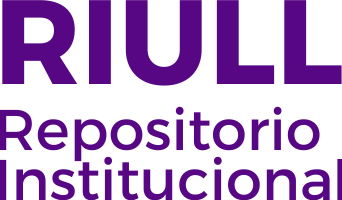Ilustración y reformas en la Lima de Gil de Taboada y Lemos (1790-1796)
Autor
Panduro Sáez, IvánFecha
2025Resumen
Durante el gobierno del virrey Gil de Taboada y Lemos (1790-1796), el Perú inició una serie
de cambios estructurales que la élite criolla limeña identificó con la llegada de las ideas ilustradas
a América. Unas ideas progresistas cuya permeabilidad fue facilitada desde el gobierno
por Taboada y Lemos y que son visibles no solo en las políticas culturales sino en el propio
urbanismo. De esta forma, el artículo hace referencia al impulso durante el mandato de este
virrey en el establecimiento del alumbrado y empedrado en la capital peruana o la terminación
de edificios importantes como la propia catedral limeña de la que se ofrece documentación
acerca de la refacción de sus torres. Además, el trabajo hace referencia al censo que se hizo
a finales del siglo xviii, el más importante del Perú bajo la administración española, y del
Juicio de Residencia del que fue exento, no sin dificultades, Gil de Taboada. Throughout the government of the viceroy Gil de Taboada y Lemos (1790-1796), Peru started
to implement a number of structural changes which the creole elite from Lima attributed to
the arriving of Illustrated ideas to America. These progressist insights were easily introduced
by the government of Taboada y Lemos and visible not only in the cultural policies but also
in the urban planning. This way, the article highlights how the streetlight and the paving
were implemented in the capital during this viceroy’s government. Also, some important
buildings were finished by then, as the cathedral of the city, of which some information about
the repair of its towers is offered hereunder. Besides, this document refers to the census from
the last years of the 18th century, the most important one undertaken in Peru under the
Spanish administration, and it also mentions the Residence Trial from which Gil de Taboada
was difficulty exempted.





